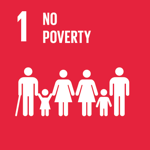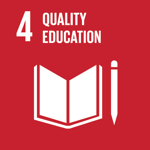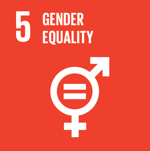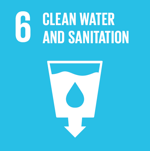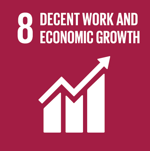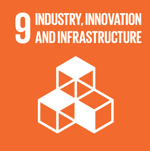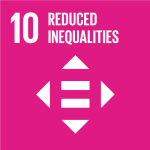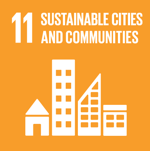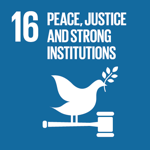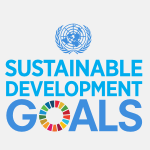Reduced Inequalities


Home » Reduced Inequalities » SDG 10- Digital Equity: The Next Phase – Part 1
SDG 10- Digital Equity: The Next Phase – Part 1
If the past year of crisis accomplished anything, it successfully increased the focus on inequalities stemming from the digital divide – especially the connection between infrastructure, proficiency and equipment (and the decision to put these to use). The impact can be felt throughout society, but particularly in the areas of employment and education.
As in other countries, Israel has also been grappling with the challenge for some time – albeit not necessarily in identical areas. With an internet penetration rate of around 88% and intense competition among numerous companies largely benefiting the consumer, the country faces obstacles mostly located elsewhere: infrastructure, proficiency and equipment.
While in Israel an apparent link exists between self-defined religiosity and computer and internet use, the past year of crisis has exposed digital quality weaknesses that surpass this perceived phenomenon.
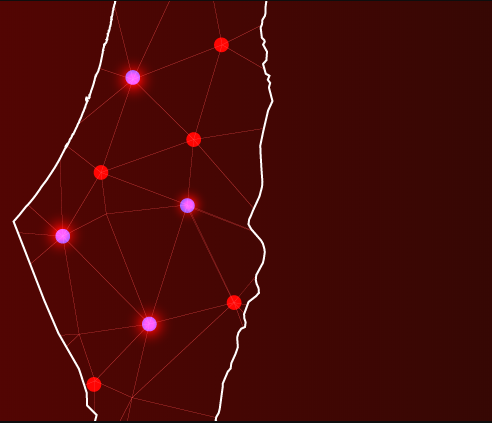

Regarding infrastructure: the process has been slow during the past decade, but Israel finally turned this corner when in September of last year the Government adopted a broadband internet plan to deploy fiber-optic cable networks throughout the country. Frequencies for 5G network deployment were also allocated.
Upon adoption of the plan, the Communications Minister stated:
“The time has come for us to close the gap and deploy advanced communications infrastructures throughout the country – in the center, in the periphery, and along the borders,” emphasizing that communications infrastructures are “a mighty growth engine for the labor market and for GDP” which “facilitate remote work and study and improved living conditions (…).”
Now, six months after the Knesset (parliament) subsequently approved the Government outline promising Israelis digital speed and access, implementation appears to be on track. Bezek, the Israeli telecommunications firm, is expected to connect 80% of Israeli households – Arab and Jew alike, in both the country’s periphery and its center of the country – to high-speed internet infrastructure; the company is obligated to complete 60% of the deployment it undertook within two years, 80% within three years, 95% within five years and the remaining 5% within six years.
Particularly with an eye to reducing inequalities among Israel’s various communities, Bezek has made a commitment to install high-speed fiber optic internet in hundreds of Arab educational institutions across the country. The move is part of an initiative by the National Council of Arab Mayors to advance high-tech development in the community (the Education Ministry’s head of national STEM programs recently said that as a result of upgrading activities in the past decade some 95% of all Arab community schools entered the past year’s crisis fully computerized – as compared with 74% among the Jewish population).
Also in this context: the Minister of Interior recently issued a directive requiring that every new building constructed in Israel must now be equipped with fiber-optic infrastructure, regardless of the location or the specific community for which the project is intended. The decision to take advantage of this infrastructure – an issue considered especially pertinent with regard to the Haredi Jewish community – is the sole prerogative of the building residents themselves.
On the face of things, it appears that the Israel government’s determination – translated in real time from policy to concrete actions – combined with private sector competition under its watchful eye will necessarily benefit the Israeli population and significantly close the digital divide in the near future. This is very good news and very much in keeping with SDG 9 – Industry, Innovation and Infrastructure – which calls on countries to “Develop quality, reliable, sustainable and resilient infrastructure, including regional and trans border infrastructure, to support economic development and human well-being, with a focus on affordable and equitable access for all.”
Related articles


SDG 10 – Equality Watchdogs on the Job
Reduced Inequalities If the hundreds of entries that we’ve posted here demonstrate anything, it’s that the BIG story of Israel in the past decade is


SDG 10 – LGBT Under New Government
Reduced Inequalities Mazal tov! Israel recently celebrated the first baby born in the country itself to a homosexual couple through surrogacy. Truly a milestone. The groundbreaking


SDG 10- Arab Community Empowerment: from Discourse to Action – Part 1
Reduced Inequalities Read Part 2 As Israel finally moves toward adopting its first budget since 2019, focus is naturally increasing on bolstering societal weaknesses. Our

